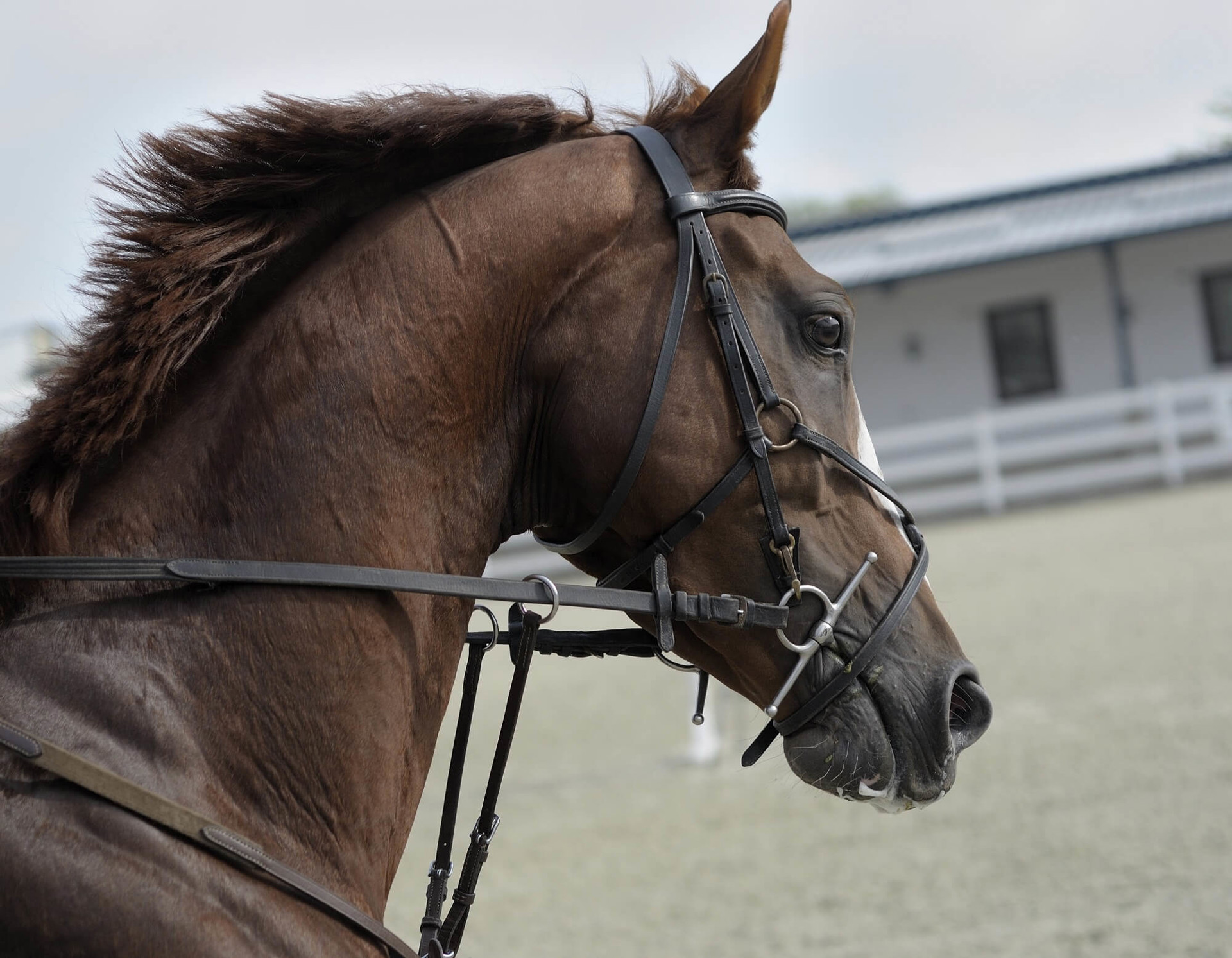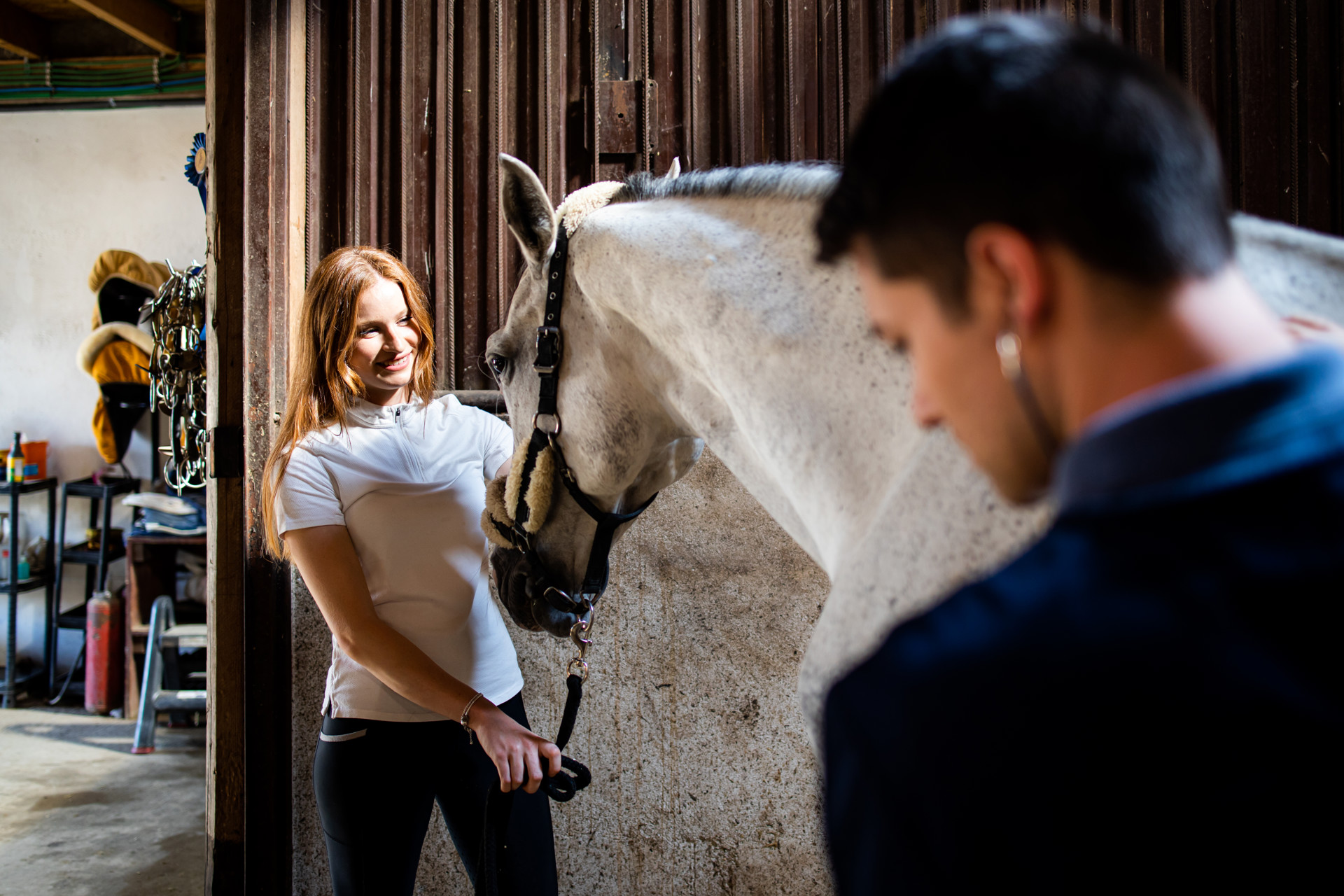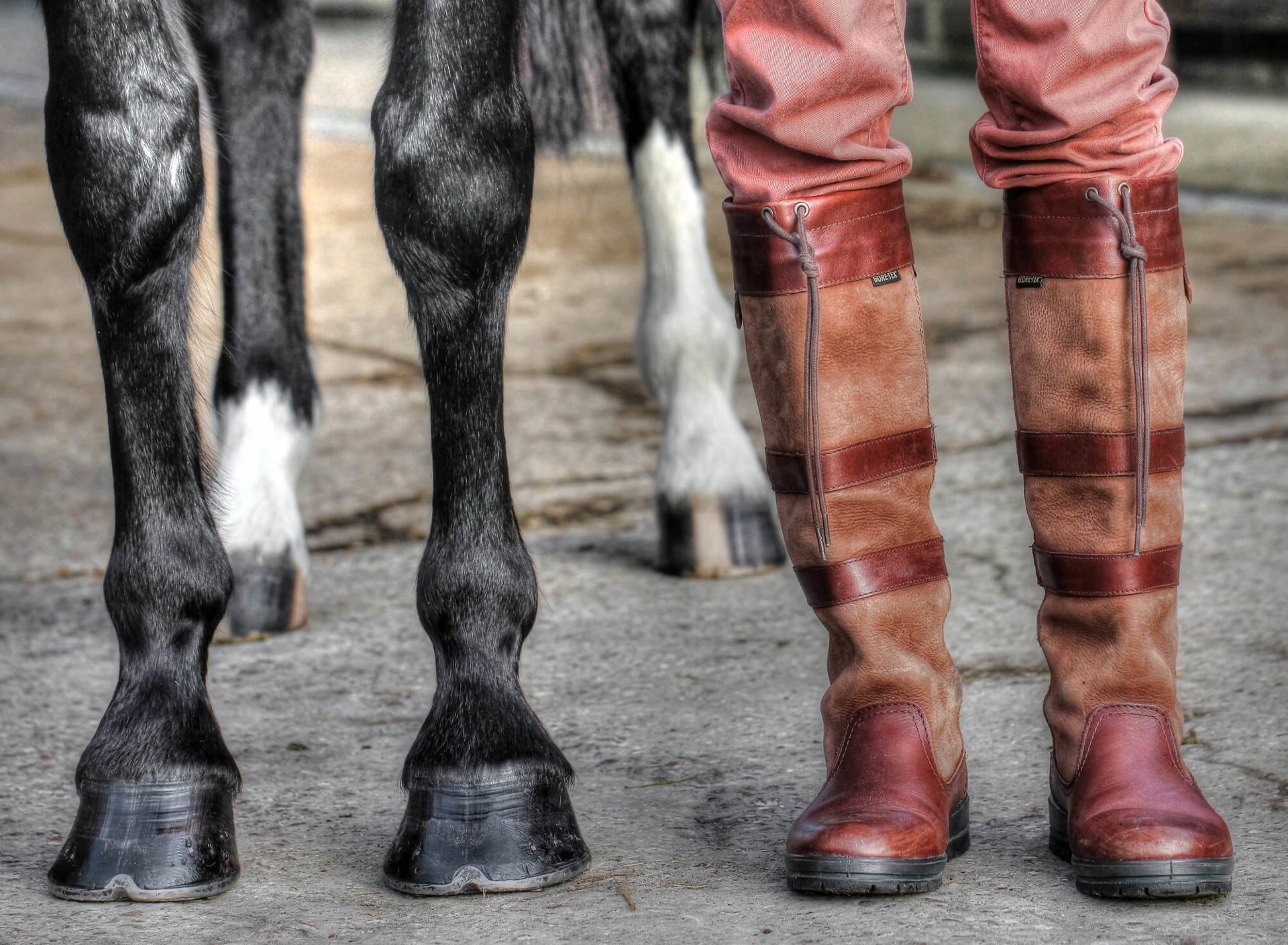
Pre-purchase examination
All you need to know...
What is it?
A pre-purchase examination or "vetting" is a thorough clinical examination carried out on behalf of a potential purchaser to identify and assess factors which may affect a horse's suitability for it's intended use.
Each pre-purchase examination is carried out on behalf of a specific prospective purchaser so that the opinion can be based on that purchaser's individual needs and intended use of the horse. Examinations performed on behalf of a seller are not advised except in the case of a few specified auction sales.
A pre-purchase examination follows a standardised protocol that is the same across the UK and following the examination you will be issued with a certificate detailing any relevant findings.
Types of examination?
Pre-purchase exams are referred to as 2 Stage or 5 Stage. A 2 Stage PPE involves exactly the same first two stages as a 5 Stage and they are performed just as thoroughly as in the 5 Stage examination.
However, the omission of the final three stages does carry the risk of not detecting some problems so in most cases we would suggest performing the full 5 Stage examination.
What do we need?
It is ideal to see the horse in its normal environment, however occasionally this is not suitable.
We require a stable that can be darkened in order to perform the eye examination. A flat, firm area is needed to perform the trot ups as well as an area for lunging the horse, preferably on a firm level surface.
Additionally for 5 Stage exams we need a suitable place to perform the ridden phase in walk, trot and canter - preferably an arena - and also rider for this phase.
We will also need to see the horse's passport.
What is the difference between a 2 stage and a 5 stage vetting?
There are two types of pre-purchase examinations, 2 Stage and 5 Stage.
A detailed description of what is involved in each can be accessed below.


2 Stage vetting disclaimer
If you decide to proceed with a 2 stage vetting, you must sign and return the attached document showing that you understand the limitations of a 2 stage vetting.
This must be done prior to the vetting taking place.
Pre-purchase examination booking form
Please ensure you have read the detailed information above regarding 2 Stage and 5 Stage pre-purchase examinations. It is important that you understand the limitations of a 2 Stage examination.
Upon completion of the below form a member of our office team will contact you arrange a suitable time for your vetting.